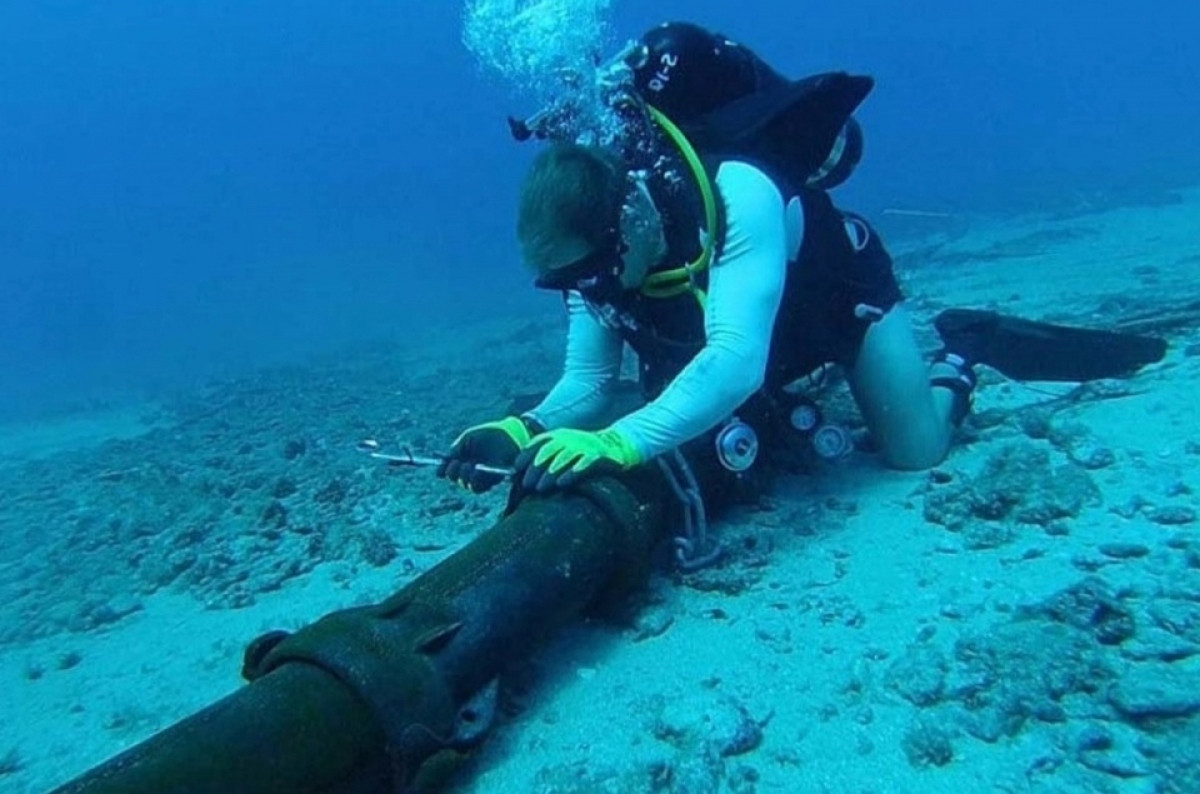

The two new cable systems will contribute to increasing the number of undersea cables available to Vietnam to seven.
The SJC2 (South East Asia - Japan 2 Cable System) cable route has a total length of 10,500 km and a total capacity of 126Tbps. At present, it is scheduled to be put into operation later this year.
SJC2 has received investment by VNPT and a range of international partners, including CHT, CMI, DHT, Meta (Facebook), KDDI, Singtel, SKB, Telin, and TICC, with an initial investment of US$439 million.
The cable route will connect six countries and have 10 landing hubs, including one in the coastal city of Quy Nhon (Vietnam).
Meanwhile, the ADC (Asia Direct Cable) undersea cable route has a total length of nearly 9,800 km with a capacity of over 140Tbps. It has received investment from the Viettel Military Industry and Telecoms Group (Viettel) in collaboration with major international telecommunications groups such as Singtel, China Telecom, SoftBank, China Unicom, NT, PLDT, and TATA Communications.
The cable route, which has seen initial investment reach US$290 million, will help to connect countries and territories throughout the Asia-Pacific region.
Currently, domestic internet service providers (ISPs) are exploiting five undersea cable routes, namely SMW-3, AAG, IA, APG, and AAE-1.
Whilst SMW-3 is operating well, the remaining cables are experiencing disruptions, seriously affecting internet connection traffic from Vietnam.
Major ISPs are actively working with submarine cable systems and ship operators in order to determine the cause of these issues, the location of the incident, and the repair plan in the shortest time possible.
To meet the needs of local internet users and the safety level of Vietnamese communication with the world, the Ministry of Information and Communication has said that the country needs at least two to four additional undersea cable routes by 2025.
Source: VOV